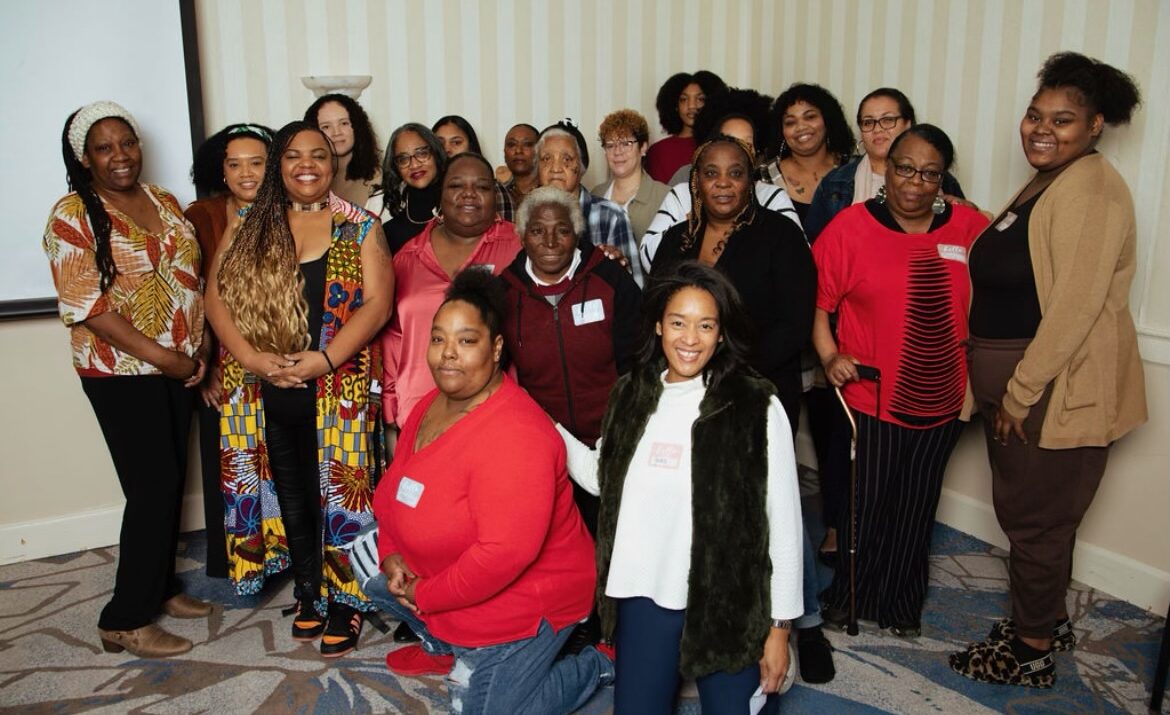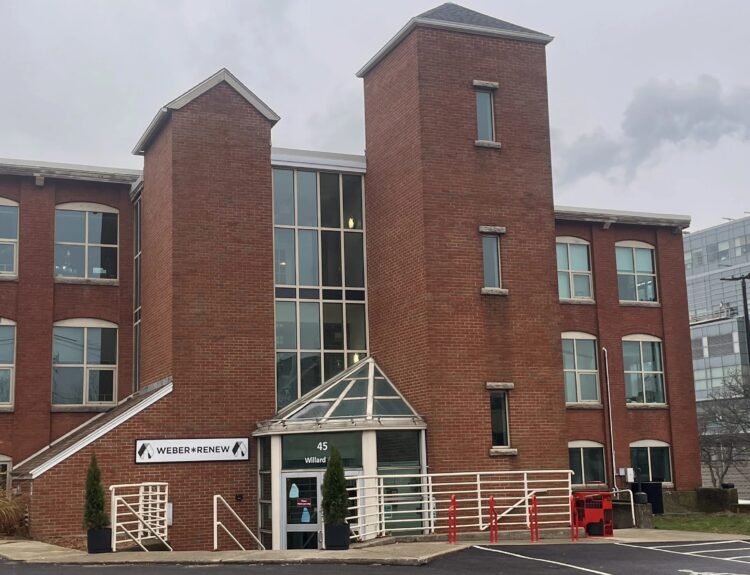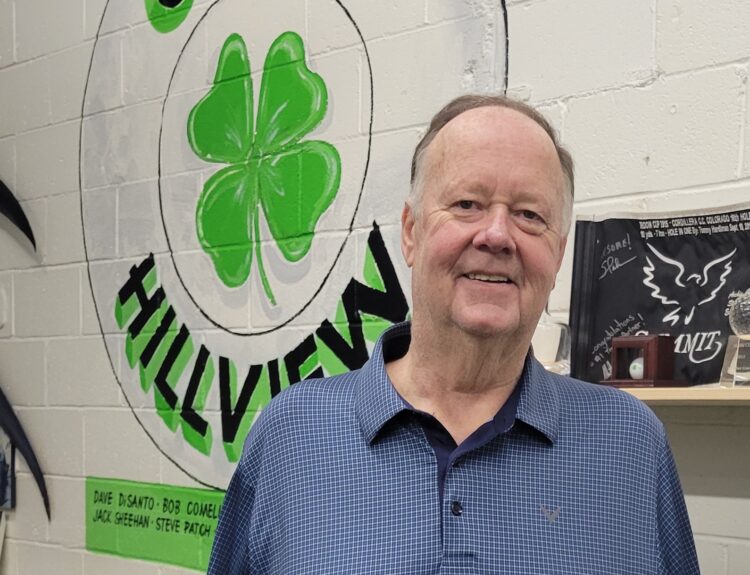‘The value of HEZs is undeniably proven… We hope to be the ripple that makes that change. It’s intentional disruption that’s necessary. That’s what we are doing collectively.’
PROVIDENCE — Across Rhode Island, fourteen “health equity zones,” or “HEZs,” are engaging residents and stakeholders to improve the social, environmental, and economic conditions of their communities. These HEZs are part of Rhode Island’s Health Equity Zone Initiative, created in 2015 under the Rhode Island Department of Public Health (RIDOH).
The program, which takes an innovative approach to public health, is now recognized as a national best practice with several states actively replicating the program. However, the McKee Administration’s fiscal year 2025 budget did not include any of the $3.5 million needed for the program’s operations – a concern for organizers and residents.
Ana Novais, Assistant Secretary of the Executive Office of Health and Human Services, is the originator of both the model and term “health equity zones.” With a lengthy background in community and minority health, it became clear to her that the disease-specific approach to health in Rhode Island wasn’t working.
“We needed to shift away from this model and invest in improving overall quality of life and quality of neighborhood,” Novais says. “You can say eat vegetables, walk 30 minutes every day, but if in some communities you don’t feel safe walking outside or you don’t have access to healthy food, what good does it make?”
This is why the HEZ model focuses on Social Determinants of Health. These are the conditions in one’s community that impact health outcomes, such as access to healthy food, healthcare, affordable housing, quality education, and employment, as well as racial inequities and other barriers. “Health equity” ensures everyone has an equal and fair opportunity to achieve their most optimal health. In other words, by addressing these factors, public health improves.
To achieve this, the HEZ design is place-based and people-driven. Christopher Ausura, HEZ Initiative Director, explains that traditional public health has been oriented to demographics, which often misses key needs. “People in communities know what their community’s challenges are. It’s not about just the who – but where. So, how do we work with these individuals to create strategies for meaningful change?”
Each HEZ, therefore, conducts its own needs assessment producing community-specific data and priorities. Those same communities then come up with ideas and solutions, which HEZ and RIDOH support.
One of the very first HEZs in the state is Central Providence Opportunities: A Health Equity Zone, or CPO-HEZ (formerly the Olneyville HEZ). Central Providence contains approximately 70,000 residents across nine neighborhoods – just under half of the population of the city.
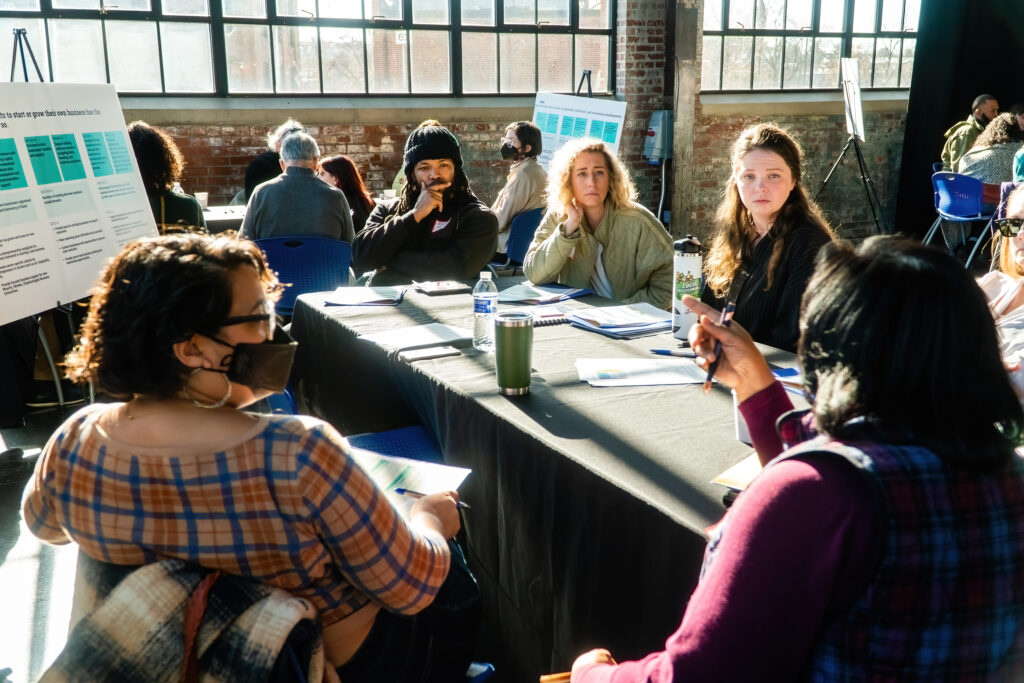
“It’s a diverse and vibrant area,” says Dominique Resendes, former program manager and now Associate Director of Community Infrastructure at ONE Neighborhood Builders, CPO-HEZ’s backbone organization. Within the CPO-HEZ, health equity is approached through a lens of economic opportunity. “We understand that this is central to a lot of challenges: housing affordability, displacement, food insecurity, access to quality jobs. We really want to support people with drivers of mobility and equip them with opportunities,” Resendes says.
As part of its numerous efforts, CPO-HEZ engaged in the Nine Neighborhood Fund – a participatory budgeting initiative which allows residents to decide how funds are spent. Through the HEZ, Medicaid and private matching funds resulted in an allocation of $1 million. Residents were then asked: How would you use $1 million to improve health in your neighborhood?
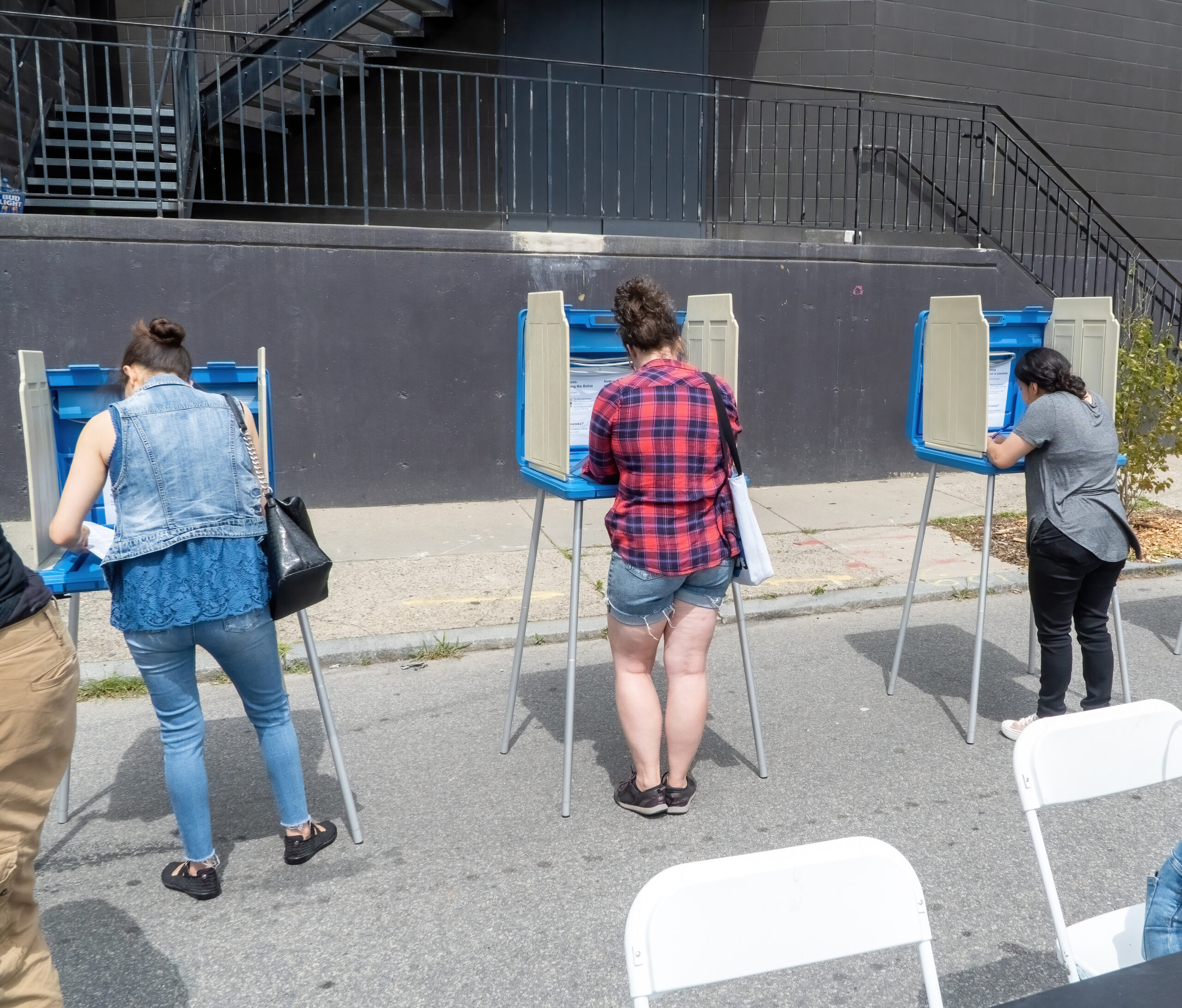
“We collected over 300 ideas from the community,” Resendes says. “And these ideas really reflected how the health of a community isn’t just putting up a doctor’s office. It’s much bigger.” Nearly 1,200 residents voted on eight projects. Bathroom access in parks expanded, over 2,000 Brita water filters were distributed for lead concerns, and a peer mental health model was implemented to support youth. Other projects included increased shelter at bus stops, planting food-bearing trees, youth life skills classes, bike distribution, and expanding youth soccer.
“Participatory budgeting is a really good example of the HEZ work,” says Resendes. “It really highlights what resident-led, place-based change looks like.” Expanding this even further, CPO-HEZ unveiled the Central Providence Roadmap in March of 2023 – a comprehensive plan for the region defined by residents, civic leaders, and 60 community organizations.
The Pawtucket Central Falls Health Equity Zone (PCF HEZ) was also among the first HEZ cohort. “It’s all about the relationships and the connections,” says Program Officer Jim Logan. “We have great partnerships. That’s how we operate. When a need or opportunity comes before us, we know where we can help out.”
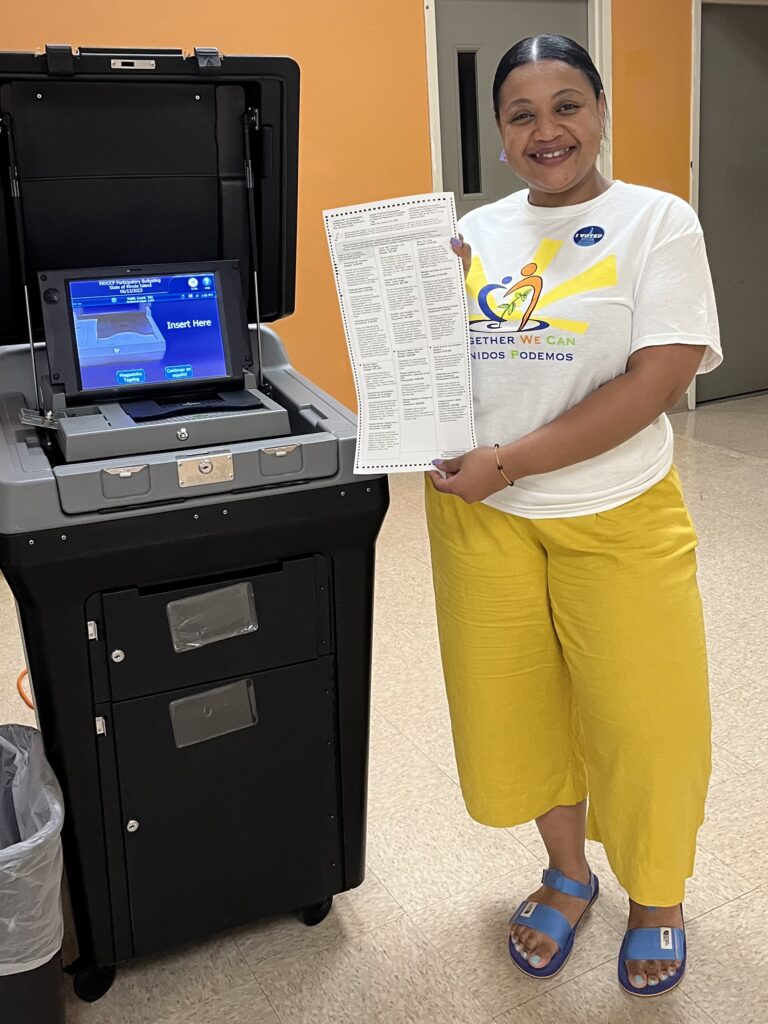
Four task forces developed out of PCF HEZ’s needs assessment: Food and Nutrition, Housing Equity, Substance Use and Mental Health, and Youth Empowerment. With housing as a large focus, Logan says, “We’ve done everything from training on zoning, to meeting with the planning department, and asking how residents can have their voices heard.”
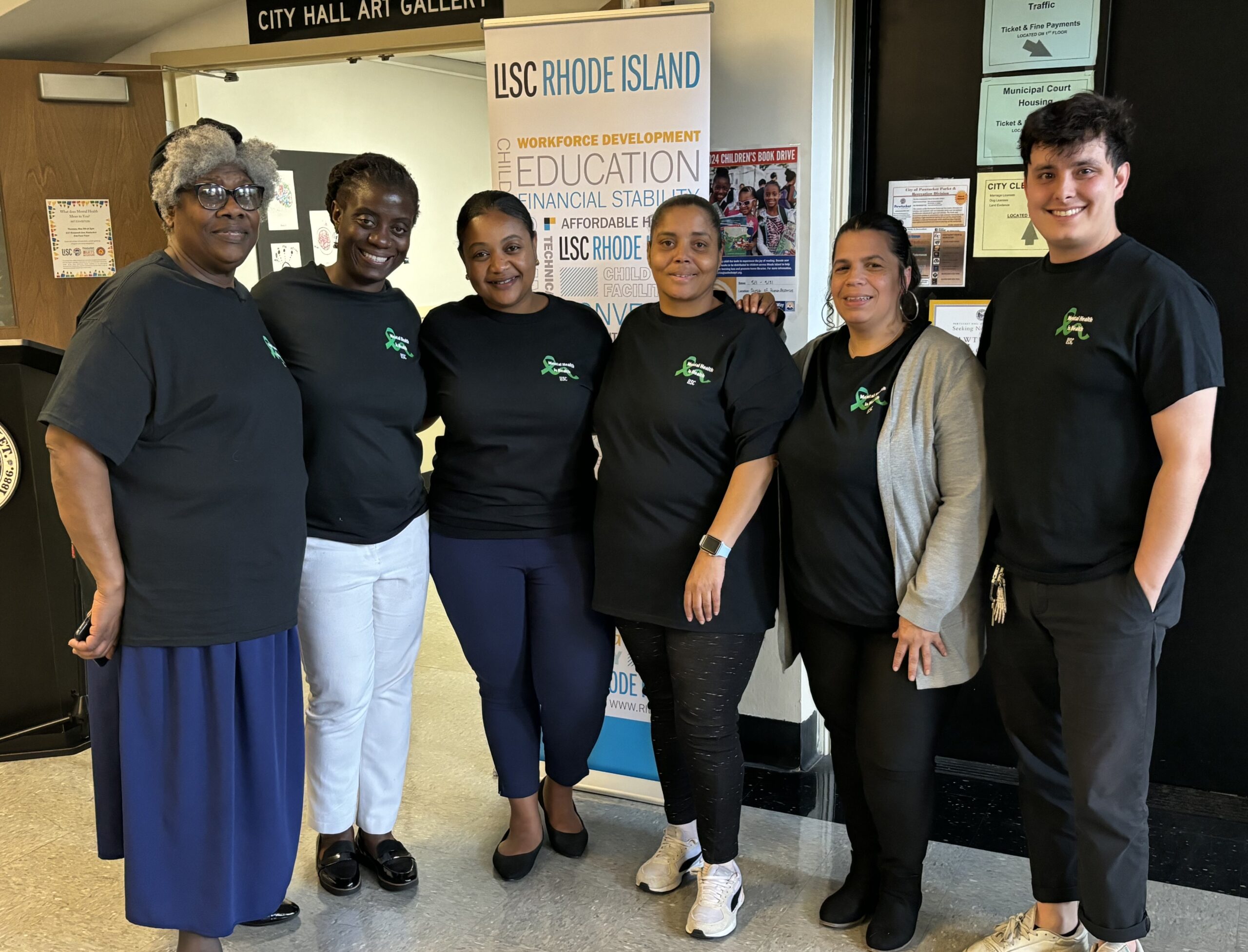
Similarly, PCF HEZ also engaged in a $385,000 participatory budget program, surveying residents on how it might be used to improve health. From 800 collected ideas, residents voted on three primary projects: outdoor gym equipment, a new sprinkler water park, and a mental health anti-stigma campaign.
The “splash pad” is a welcome addition, says Logan, with many residents lacking access to water or a place to stay cool during high summer heat. “There’s also just not enough canopy coverage and green areas for kids to play and for families to congregate,” he adds. Resident suggestions also led to the commission of two anti-stigma murals, peer-to-peer mental health training, and NARCAN® kit distribution.
For these initiatives to happen, HEZ funding is integral, Logan says. “The cuts are a huge concern. We have this infrastructure in place and these four task forces, but without HEZ funding, it’s not possible.”
Within the Newport HEZ, a defining feature is empowering residents with a voice. “Our core focus is to make sure residents feel empowered to control the health of their families and their community, and that they feel empowered to make these decisions for themselves,” says Program Manager Sydney Ormerod.
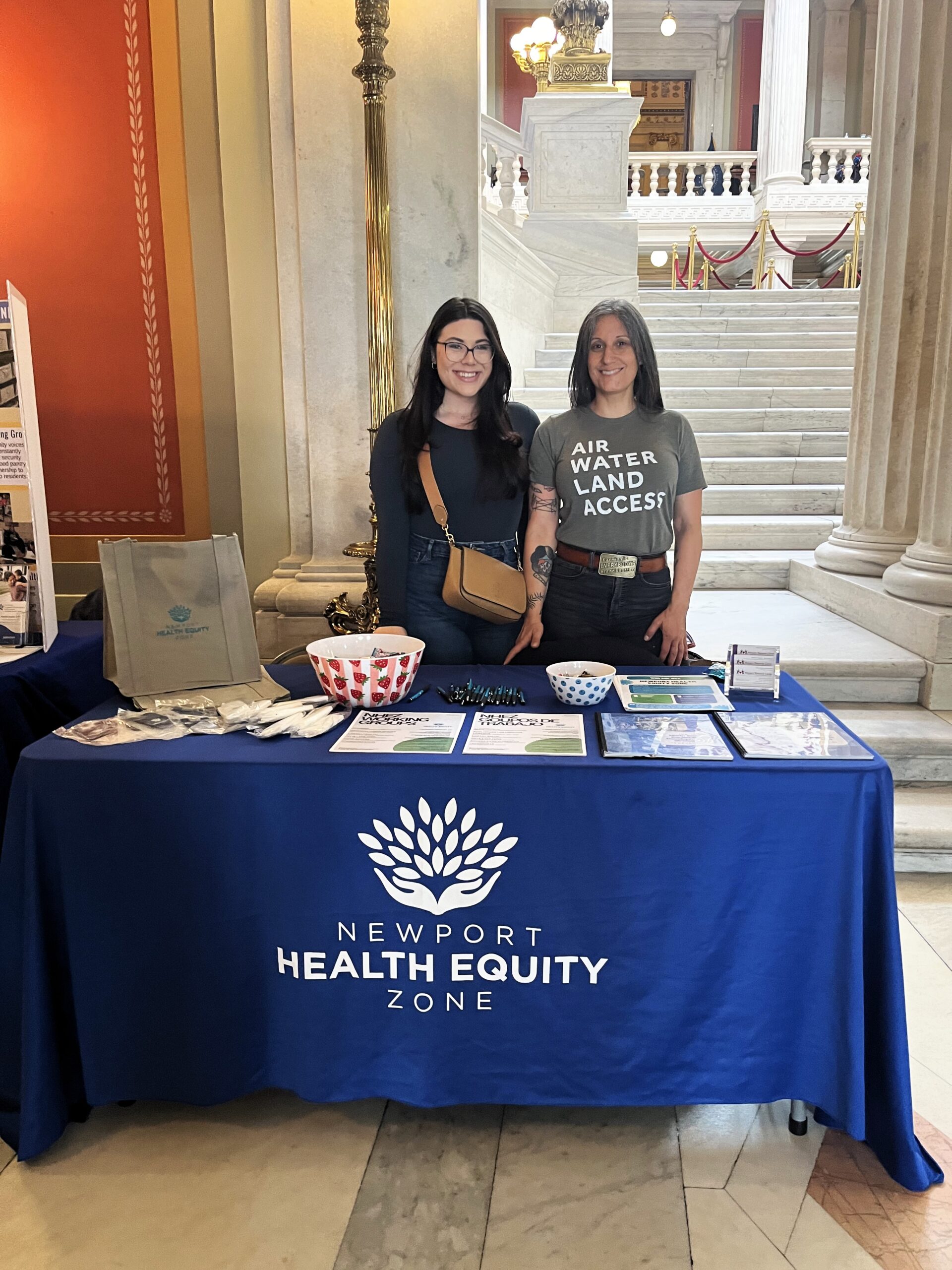
The Newport HEZ covers the Broadway and North End neighborhoods, both identified to have the city’s highest health disparities, racial inequities, and affordable housing issues from census tract data. The program started with many early working groups.
“We had groups for arts and culture, open space, transportation, food access, and educational and economic opportunity,” says Ormerod, adding that there’s also a child health group, a women of color collective, and peer health advocates. Their most recent needs assessment also helped establish an LGBTQIA+ health and housing working group.
Housing became a major focus for the Newport HEZ due to new development, leading to the 2022 North End Equitable Development Strategy. That May, residents successfully secured City Council approval for zoning changes that prioritize the needs of residents in communities affected by development projects. The year prior, the HEZ also helped pass the “Green and Complete Streets Policy” for pedestrian safety. These efforts not only preserve neighborhoods but transform public policy — another vision of the HEZ model: long-term systemic change.
Addressing funding, Ormerod states, “We’re down about a quarter. We’ve kept a lot of our work, but we do need to be realistic about a sustainable plan.” Yet the value, she says, is observable. “We have residents who never felt comfortable being in City Hall, let alone running for office or joining a committee. There’s a real sense of belonging from the HEZ’s work.”
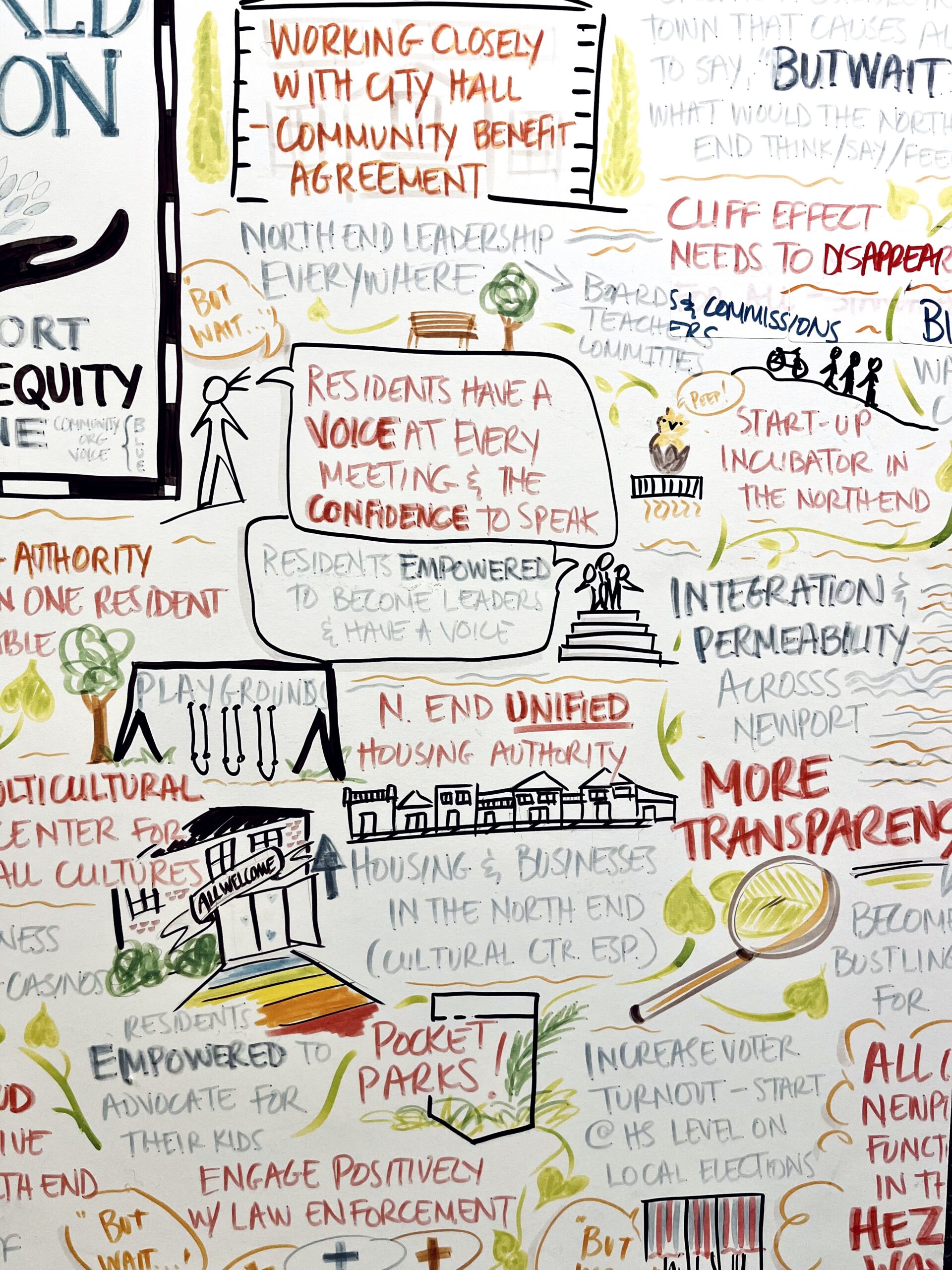
In Cranston, the OneCranston Health Equity Zone (OCHEZ) is focusing on the priorities of its most recent needs assessment: youth mental health and enhanced community connection. Residents expressed wanting more opportunities like walking, biking, and neighborly interactions to combat isolation and loneliness.
Of particular pride is OCHEZ’s weekly farmer’s market, which offers free produce to residents. “We partner with five mostly BIPOC local farmers and we have a group from Johnson & Wales that comes every week to hand out recipes based on that week’s produce. It’s almost a mini health resource fair every week,” says Andrea Champagne, Initiative Director.
OCHEZ also empowers residents through small “community builder” grants. “We’ve seen neighborhood cleanups, enhancements to schools, playground efforts,” says Champagne. For youth, OCHEZ hosts a book and media club and offers career exploration opportunities, plus numerous other initiatives. “The success of being able to gather community stakeholders around the table is a really exciting and big win. We’re a convener to connect residents to different services,” Champagne says.
Like other organizers, Champagne also worries about funding.
“One of the biggest things HEZ does is build and cultivate trust and that can be difficult with inconsistency. Our staff team is shrinking. Residents may lose a staff member that they’ve been in touch with or a program that they’re used to. When you’re unsure of what the funding is going to be year after year, it’s tough to build that consistency and trust,” she says.
One more HEZ from that original cohort is the Washington County Health Equity Zone: Health Bodies, Healthy Minds (HBHM). Since 2015, HBHM has built a robust network of over 100 partners. “These partnerships have allowed us to implement a range of innovative programs that address mental health, early childhood development, and access to nutritious food,” says Program Manager Melissa Sigua.
To name a few, from July 2022 to June 2023, more than 20,000 pounds of healthy food were distributed to residents. Then there’s “Man Therapy,” a humor-based program that empowers men to address their mental and emotional health. HBHM also offers Zero Suicide and QPR programs, teaching awareness and suicide prevention skills. Additionally, their Crisis Intervention team has increased community safety and well-being by improving behavioral health crisis encounters with law enforcement.
“These initiatives have not only addressed needs but also built trust within the community,” Sigua states, noting that funding cuts are a concern, particularly for needed data analysis and program expansion. Yet, witnessing all that HBHM has achieved since its inception, Sigua says organizers are committed to finding solutions to sustain its work.
“The HEZs today are so much more than we ever dreamed,” says Assistant Secretary Novais. This past April, LISC Rhode Island, the backbone organization of PCF HEZ, was invited to present at the National Network of Public Health Institutes on best practices learned during the pandemic. Here, they discussed the instrumental role HEZs played in the state’s response. For example, when National Guard pop-up clinics were confoundedly vacant, HEZ organizers learned from residents that it was because people were in uniform. The information was forwarded, workers returned in street clothes, and the testing and vaccination centers were busy. This, organizers say, is a testament to HEZ and the role of resident input.
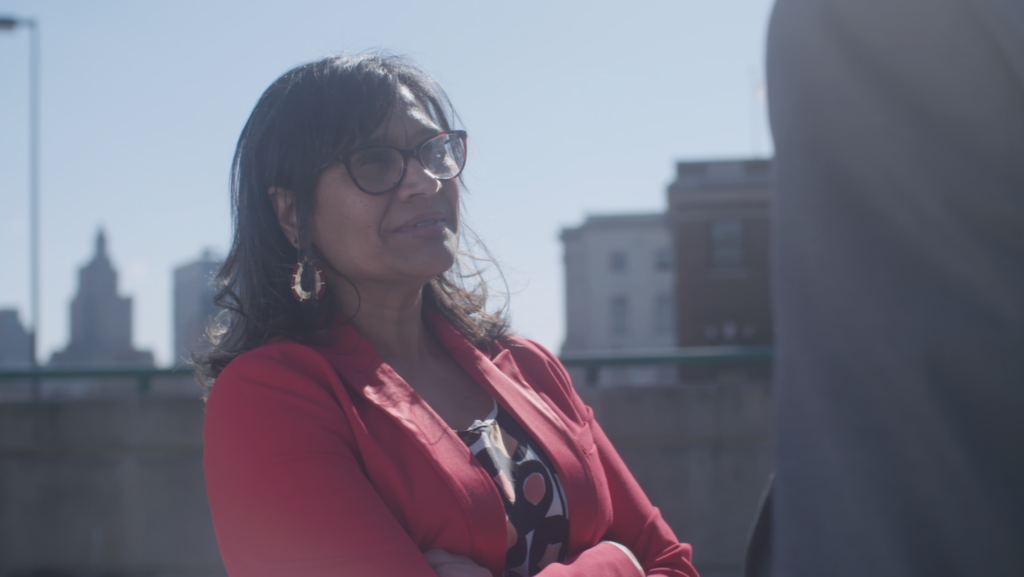
Despite what Novais calls a “tremendous deficit” from RIDOH for fiscal year 2025, some funding sources have been identified to sustain the program for now. This includes USDA Forestry, Department of Education, Department of Housing and Urban Development, and other philanthropic partners.
“The issue for me is that there’s a need to support the infrastructure for those local initiatives,” says Novais. This covers staff who implement programs and training and technical assistance for community partners. Initiative Director Ausura adds that change also requires time and capacity-building, and thus, a commitment to funding. Additionally, he says, HEZ supports Rhode Island and Rhode Islanders.
“The more we react, the more it’s going to cost. We are set up to do short term interventions, but the data shows this has not improved the demand for resources. These ongoing inequities are the primary driver of costs — whether that’s healthcare or missing days of work. It’s also how we retain people. As we improve community conditions and connectivity, it enhances that feeling of opportunity and growth which is important for any economy to grow. Those things impact well-being and prosperity. If you don’t have transportation to a job, or your kids can’t get food, how do you thrive?,” he says.
“The value of HEZs is undeniably proven,” concludes Novais. “But it’s a change in how public health is funded. We get comfortable with success that reaches a majority, but we forget that we systematically leave behind our more vulnerable people. That cannot be okay. We hope to be the ripple that makes that change. It’s intentional disruption that’s necessary. That’s what we are doing collectively.”
For more information and a complete list of all Health Equity Zones, visit https://health.ri.gov/programs/detail.php?pgm_id=1108

